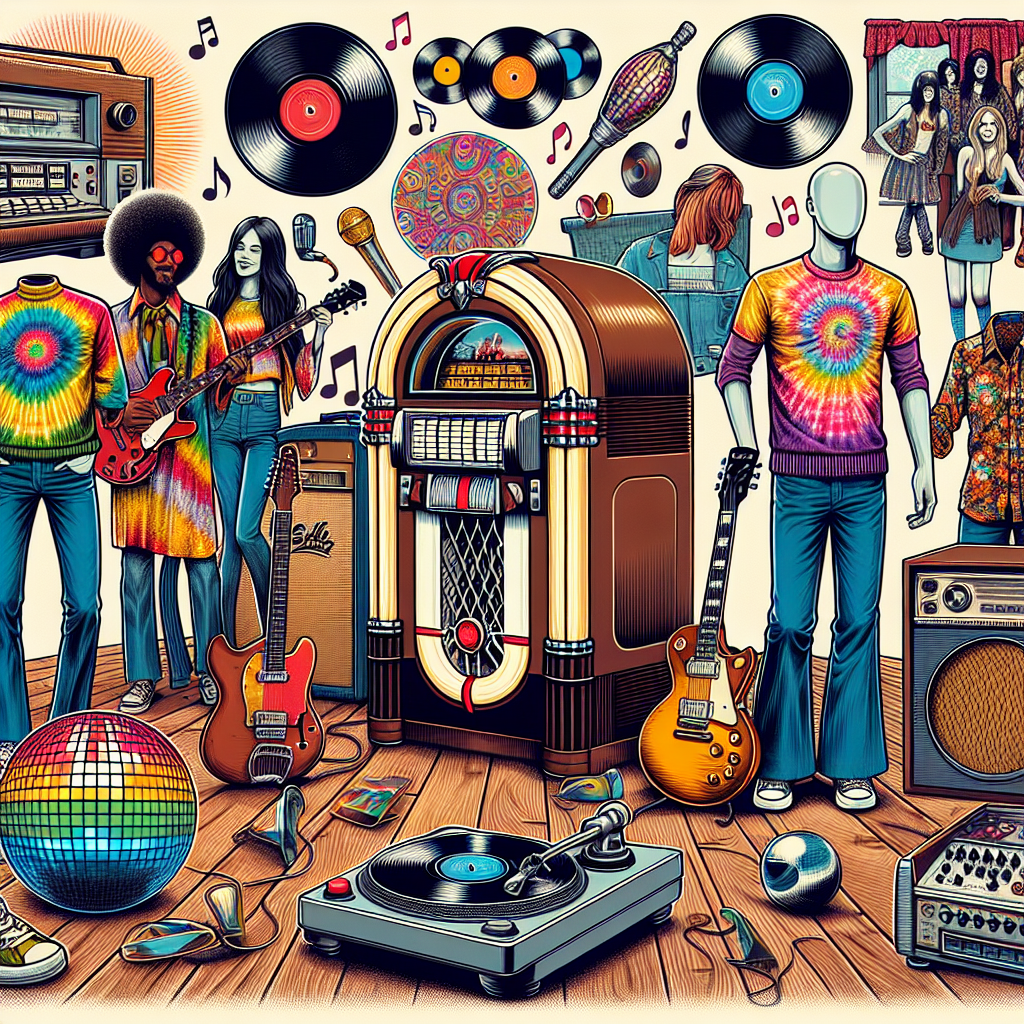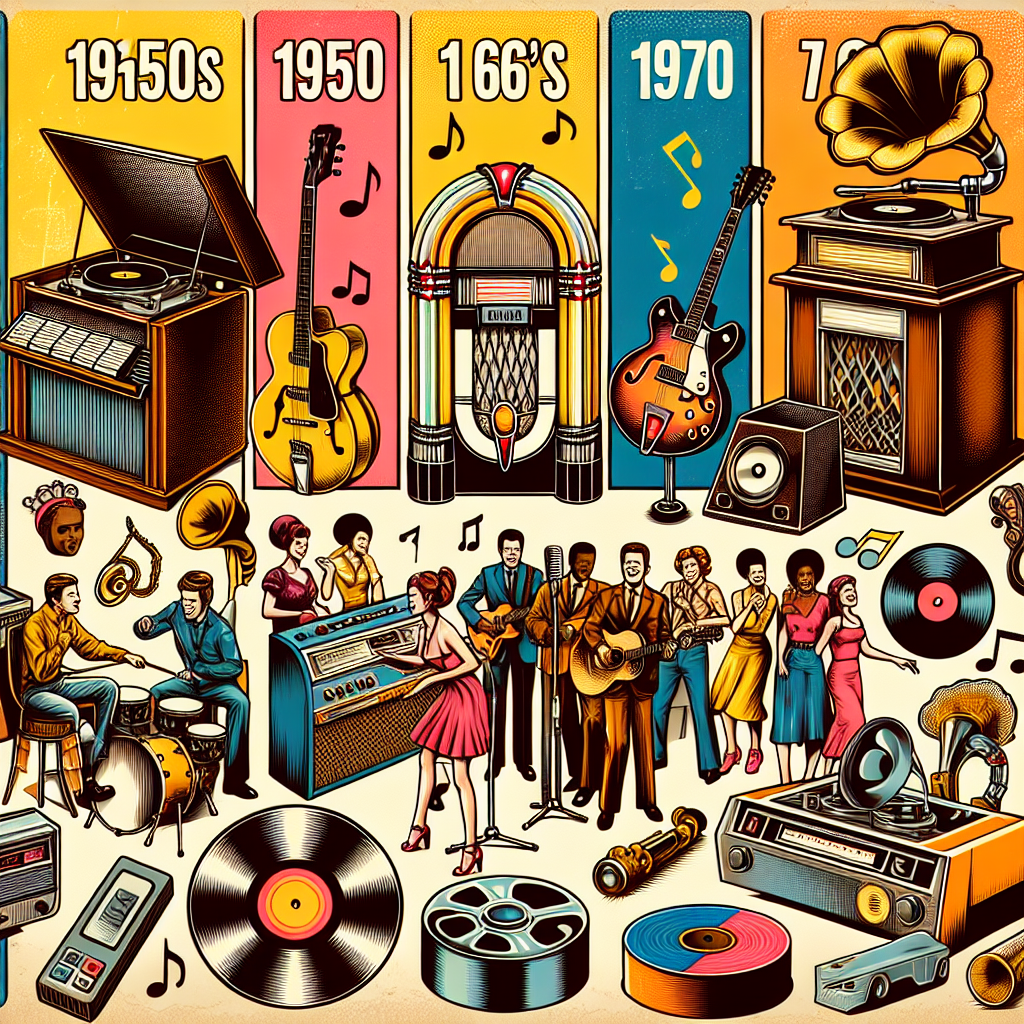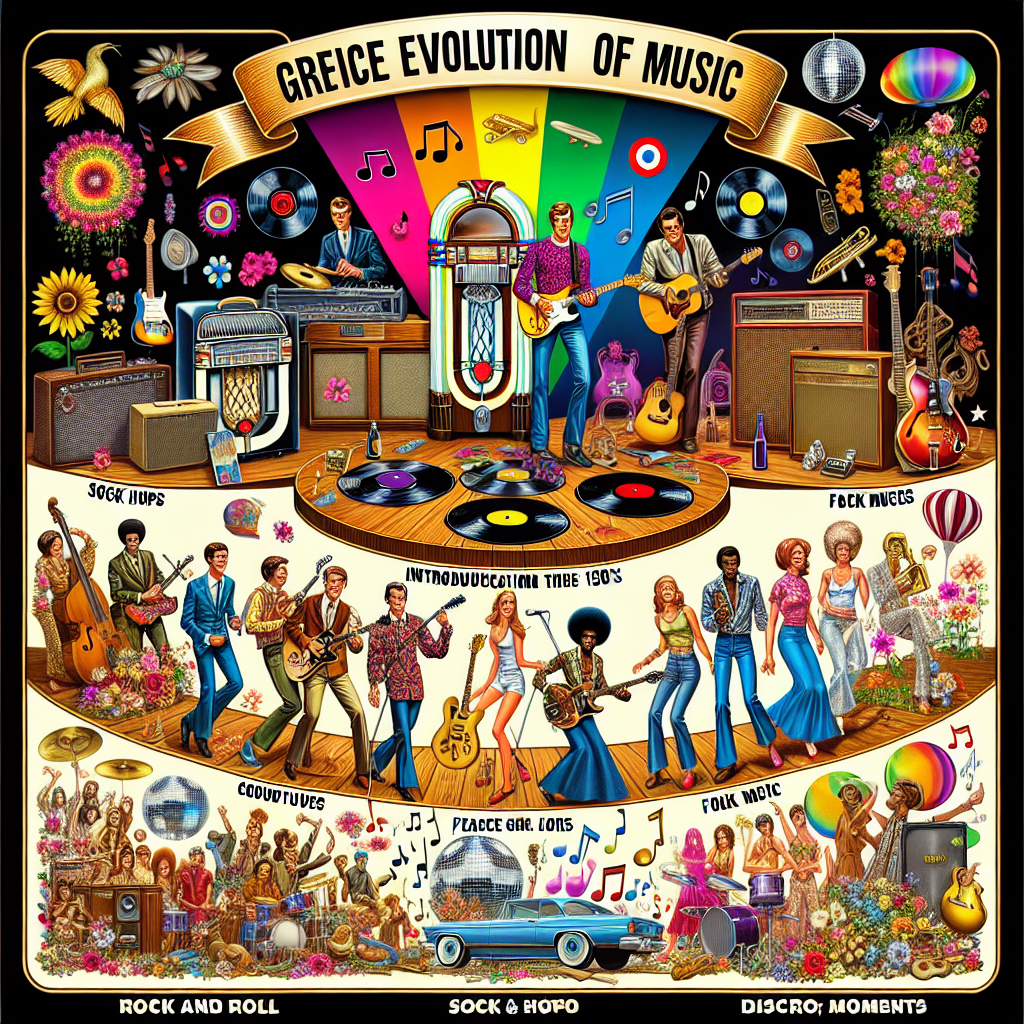Rock ‘n’ roll music has been a staple of American culture for decades, evolving and changing with the times. From its roots in the 1950s to its peak in the 1960s and 70s, rock ‘n’ roll has reflected the changing attitudes and values of society. Let’s take a look back at the evolution of rock ‘n’ roll music and how it has influenced music, culture, fashion, and technology.
The 1950s: The Birth of Rock ‘n’ Roll
In the 1950s, rock ‘n’ roll emerged as a new genre of music that combined elements of rhythm and blues, country, and gospel music. Artists like Elvis Presley, Chuck Berry, and Little Richard became household names with their energetic performances and catchy tunes. Rock ‘n’ roll was seen as rebellious and edgy, challenging the status quo of mainstream society.
Politicians and parents were often critical of rock ‘n’ roll music, fearing that it would corrupt the youth with its suggestive lyrics and provocative dance moves. However, this only fueled its popularity among teenagers who saw it as a form of self-expression and freedom.
The 1960s: The Golden Age of Rock ‘n’ Roll
By the 1960s, rock ‘n’ roll had evolved into a more diverse and experimental genre. Bands like The Beatles, The Rolling Stones, and Jimi Hendrix pushed boundaries with their innovative sounds and thought-provoking lyrics. The counterculture movement embraced rock ‘n’ roll as a symbol of rebellion against authority and conformity.
Rock festivals like Woodstock became iconic events that brought together thousands of people to celebrate peace, love, and music. Fashion also played a significant role in defining the era with hippie-inspired clothing such as bell-bottom jeans, tie-dye shirts, and fringe jackets becoming popular among young people.
The 1970s: Rock ‘n’ Roll Goes Mainstream
In the 1970s, rock ‘n’ roll continued to evolve with subgenres like glam rock, punk rock, and disco gaining popularity. Bands like Led Zeppelin, Queen, David Bowie, and ABBA dominated the charts with their unique styles and sounds.
Technology also played a significant role in shaping the music industry during this time. The introduction of cassette tapes allowed fans to listen to their favorite albums on-the-go while advancements in recording equipment made it easier for artists to experiment with different sounds in the studio.
The Legacy of Rock ‘n’ Roll
Despite its ups-and-downs over the years, rock ‘n’ roll continues to be a driving force in popular music today. Many modern artists cite classic rock bands as influences on their own work while radio stations still play hits from the past for new generations to enjoy.
Culture also continues to be influenced by rock ‘n’ roll with fashion trends often harkening back to iconic looks from previous decades. Vintage band t-shirts are still popular among young people who want to show off their love for classic rock bands.
Overall, the evolution of rock ‘n’ roll has been a testament to its enduring appeal across generations. Its ability to adapt to changing times while staying true to its rebellious spirit is what makes it such an important part of our cultural history.










